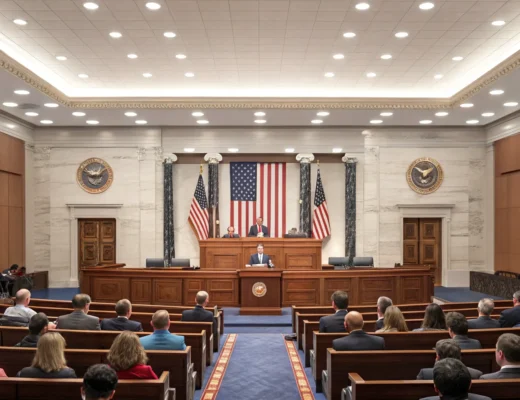
President Joe Biden recently signed the Social Security Fairness Act into law. This new legislation will increase benefits for nearly 3 million public sector workers who receive government pensions. The act eliminates two rules that had reduced benefits for certain workers.
The Windfall Elimination Provision (WEP) reduced benefits for workers who had both a job that did not withhold Social Security taxes and another that did. It mainly affected public sector workers like firefighters, police officers, and teachers who also held private sector jobs. The Government Pension Offset (GPO) reduced Social Security benefits for spouses and survivors who also received pensions from federal, state, or local governments.
The goal was to treat government employees who did not pay Social Security taxes similarly to private sector workers who did. There are different views on these provisions. Some experts say the WEP and GPO were unfair because they reduced benefits for those who served their communities.
Others believe the rules were needed to prevent “double dipping” from Social Security and government pensions.
Previous Post






